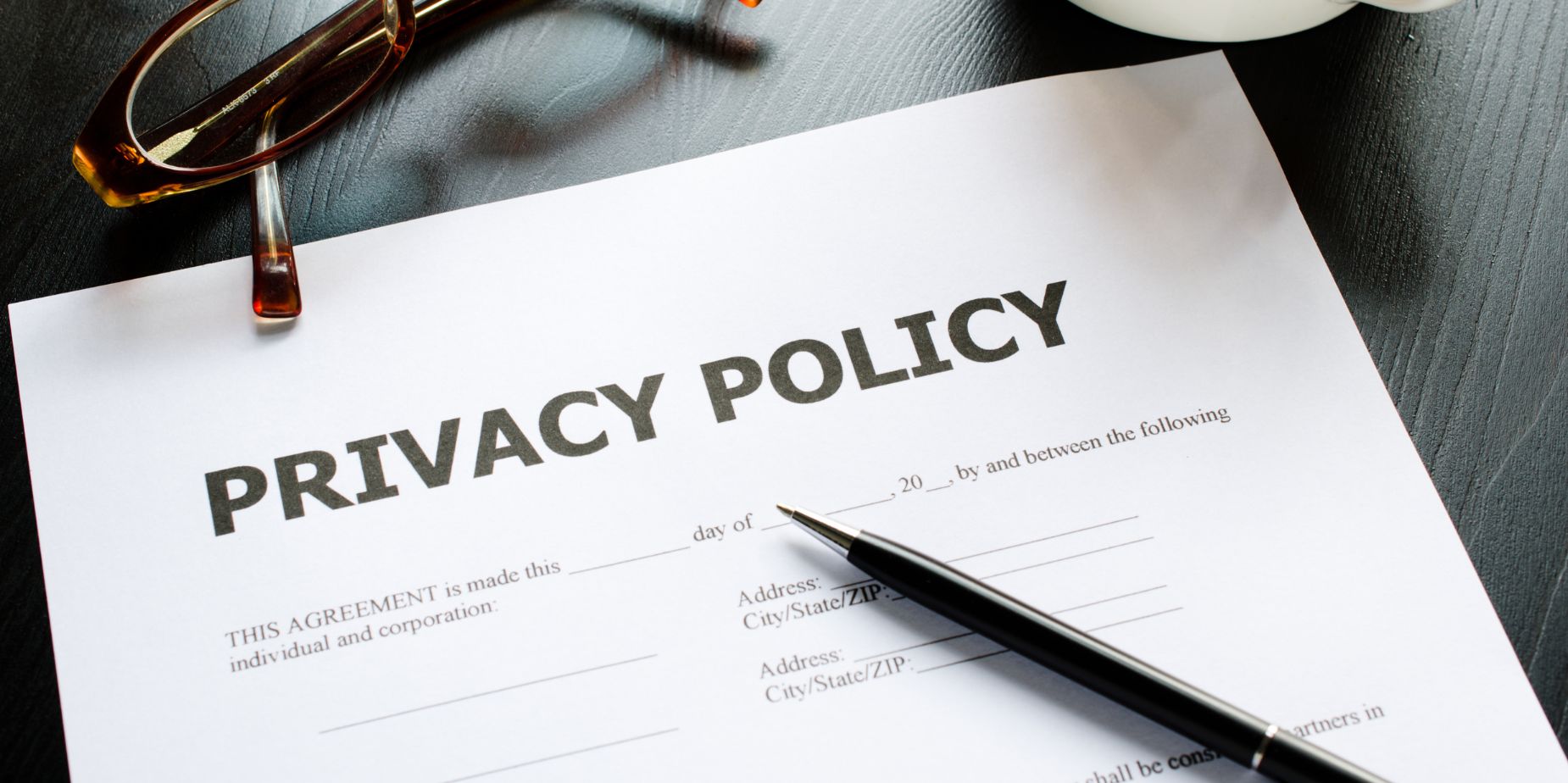Marketers who lead with explicit opt-in see up to 30% better deliverability and engagement compared…

“Email Marketing in Nigeria: The Dos and Don’ts for Success with Yournotify”
Introduction to Email Marketing: Why it’s Crucial for Success
Email marketing has emerged as one of the most effective and efficient methods to connect with customers, build relationships, and drive business growth. In today’s digital age, where communication channels are abundant, email remains a powerful tool for businesses to reach their target audience directly. However, successful email marketing requires a deep understanding of best practices, strategies, and techniques to maximize its impact. This article will explore the dos and don’ts of email marketing, providing valuable insights and practical tips to help you create engaging campaigns, build a strong email list, personalize content, optimize campaigns, and ensure compliance with email marketing regulations. By implementing these best practices, you can unlock the true potential of email marketing, drive conversions, and achieve long-term success for your business.
Understanding the Power of Email Marketing
Email marketing may not be the newest kid on the block, but it’s still one of the most effective tools in a business’s marketing arsenal. With billions of people using email daily, it’s a direct and personal way to connect with your target audience. From promoting products and services to building customer relationships, email marketing has the power to drive results.
Benefits of Email Marketing for Businesses
So, why should businesses invest their time and effort into email marketing? Well, for starters, it’s cost-effective. Compared to traditional marketing channels, sending emails to a large group of people is relatively inexpensive. Plus, it’s highly versatile, allowing you to tailor your messages to different segments of your audience. And let’s not forget about the high ROI (return on investment). Research shows that for every dollar spent on email marketing, the average return is $42. Talk about a bang for your buck!
Dos and Don’ts of Email Marketing: Strategies and Practices to Implement
Before hitting that send button, make sure you have a well-defined email marketing strategy in place. Set clear goals, determine your target audience, and plan out your content calendar. Tailor your messages to the needs and interests of your subscribers, ensuring that each email provides value and encourages engagement.
Crafting Compelling Subject Lines
Subject lines are like the gatekeepers of your emails – they determine whether your subscribers open or delete them. A captivating subject line can make all the difference. Keep it concise, intriguing, and relevant to grab attention. And hey, don’t be afraid to get a little creative or inject a touch of humour to stand out in a crowded inbox!
Creating Engaging Email Content
Nobody wants to read a boring email. Make your content engaging by injecting personality, using conversational language, and incorporating storytelling techniques. Keep your paragraphs short and sweet, and break up the text with bullet points or subheadings to enhance readability. And remember, it’s not just about selling – provide valuable information, share tips and tricks, or entertain your audience to keep them hooked.
Avoiding Common Email Marketing Pitfalls
While email marketing can be incredibly effective, there are some common pitfalls to watch out for. Avoid sending too many emails, as it can irritate your subscribers and lead to high unsubscribe rates. Likewise, don’t neglect your email list hygiene – regularly clean up your lists to remove inactive or bounced email addresses. And please, for the love of all that’s good, proofread your emails to catch any embarrassing typos or errors.
Steering Clear of Spam Filters
Nobody likes spam, especially email providers. To ensure your emails land in the coveted inbox instead of the dreaded spam folder, avoid using shouty, all-caps subject lines, excessive exclamation marks, or misleading content. Also, be mindful of the frequency and volume of your emails, as a sudden surge might trigger spam filters.
Ensuring Email Deliverability
You could have the most fantastic email content, but it won’t matter if it never reaches your subscribers. To maximize email deliverability, use a reputable email service provider, authenticate your domain, and monitor your sender’s reputation. And don’t forget to include a clear and easy-to-use unsubscribe link to provide your subscribers with an exit door if they wish to opt-out.
Understanding the Importance of Content Relevance
When crafting your email content, relevance is key. Make sure you’re sending messages that align with your audience’s interests, needs, and preferences. Personalize your emails based on subscriber data such as purchase history or previous engagements. By delivering content that resonates with your readers, you’ll increase open rates, click-through rates, and overall engagement.
Incorporating Visuals and Multimedia Elements
A picture is worth a thousand words, and including visuals in your emails can make a significant impact. Incorporate relevant images, videos, or GIFs to enhance your message and make it more visually appealing. Just remember to optimize your visuals for different devices and ensure they don’t slow down the email loading time.
Writing Compelling Calls-to-Action
Your email content should guide your subscribers towards taking action. Whether it’s making a purchase, signing up for a webinar, or simply visiting your website, a clear and compelling call-to-action (CTA) can do wonders. Use action-oriented language, create a sense of urgency, and make your CTA buttons stand out. And hey, if you want to throw a little humour or creativity into your CTAs, go for it—it might just make your subscribers smile and click!
Strategies for Growing an Organic Email List
Building an email list is like assembling a team of loyal followers who are genuinely interested in what you have to offer. Instead of going for quantity, focus on quality. Here are some strategies to grow your organic email list:
- Content upgrades: Offer valuable and exclusive content, such as ebooks, guides, or templates, in exchange for email addresses. This gives people an incentive to join your list.
- Opt-in incentives: Provide a compelling reason for visitors to subscribe, like a discount, a free trial, or access to a members-only area. Make it irresistible!
- Social media promotions: Leverage your social media platforms to promote your email list. Create engaging posts, run contests, or host giveaways to encourage people to sign up.
- Guest blogging: Contribute guest posts to popular blogs in your niche. Include a call-to-action within your article that leads readers to your email signup page.
Segmentation and Personalization for Better Results
One size does not fit all when it comes to email marketing. Segmenting your email list based on specific criteria allows you to personalize your messages and achieve better results. Here’s how:
- Demographics: Divide your subscribers based on factors like age, location, gender, or profession. Tailor your emails to their specific needs and preferences.
- Interests: Analyze subscriber behavior and interests to create segments. This way, you can send targeted content that aligns with their preferences.
- Purchase history: For e-commerce businesses, segmenting by purchase history is crucial. Send personalized recommendations and exclusive offers based on their buying patterns.
- Engagement level: Identify subscribers who frequently open your emails and engage with your content. These are your most valuable contacts, so focus on nurturing their relationships.
Optimizing Subscription Forms and Landing Pages
Subscribing should be swift and painless for your potential subscribers. Avoid losing them due to clunky subscription forms or uninspiring landing pages. Here’s what you can do:
- Simplicity is key: Keep your subscription forms clean and straightforward. Ask for minimal information to maximize sign-ups.
- Clear messaging: Clearly communicate the value subscribers will receive by joining your email list. Explain how it can benefit them and why they shouldn’t miss out.
- Mobile-friendly design: Ensure your subscription forms and landing pages are optimized for mobile devices. Most people access emails on their phones, so a seamless experience is essential.
- Test and optimize Experiment with different layouts, copies, and calls to action to find what works best. Continuously refine your forms and landing pages based on data and feedback.
Importance of Email List Segmentation
The days of batch-and-blast email marketing are long gone. By segmenting your email list, you can deliver more relevant and personalized messages, boosting engagement and conversion rates. Here’s why segmentation is critical:
- Improved targeting: Segmentation allows you to tailor content based on different customer groups, ensuring relevance and resonance.
- Higher open and click-through rates: When subscribers receive emails that cater to their specific interests or needs, they are more likely to engage with them.
- Increased conversions: Personalized emails that address subscribers’ pain points or offer solutions have a higher chance of converting leads into customers.
- Enhanced customer loyalty: By sending content that resonates with subscribers, you build stronger relationships and foster loyalty.
Utilizing Personalization Tokens and Dynamic Content
Personalization goes beyond just using a subscriber’s name in the email. Take advantage of personalization tokens and dynamic content to provide tailored experiences:
- Personalization tokens: Platforms like Mailchimp and ActiveCampaign offer tokens that allow you to insert subscriber-specific details into your emails, creating a more personalized touch.
- Dynamic content: Use dynamic content blocks to display different content to different segments within the same email. This way, you can cater to diverse interests within your audience.
- Behavioral triggers: Set up automated emails triggered by specific actions or behaviours. For instance, if a subscriber abandons their cart, send a targeted email reminding them to complete their purchase.
- Test and refine: Continuously test different personalization techniques and analyze the results. Iterate and refine your strategies based on what resonates the most with your audience.
Read another related article: Bulk Email Nigeria | Best Bulk Email Service & Gateway Provider
Implementing Behavioral Targeting
Understanding your subscribers’ behaviour is like having a secret weapon in your email marketing arsenal. Behavioural targeting allows you to send targeted emails based on how subscribers interact with your website or previous emails:
- Tracking website behavior: Implement tracking pixels or cookies to monitor how subscribers navigate your website. Use this information to send relevant follow-up emails, like abandoned cart reminders or related product recommendations.
- Email engagement tracking: Analyze open rates, click-through rates, and unsubscribe rates to gauge subscriber interest. Tailor future emails based on these behaviours to optimize engagement.
- Automated workflows: Create automated email sequences triggered by specific actions, such as downloading a lead magnet or making a purchase. This streamlines your communication and ensures timely responses.
- Feedback loops: Encourage subscribers to provide feedback or preferences through surveys or polls. Use this information to further personalize your content and offers
Tracking Key Email Marketing Metrics
To ensure the success of your email campaigns, tracking and analyzing key metrics is crucial. These metrics provide insights into your performance, allowing you to make data-driven decisions. Keep an eye on the following metrics:
- Open rate: The percentage of recipients who open your emails. A low open rate may indicate issues with subject lines, sender names, or email deliverability.
- Click-through rate (CTR): The percentage of recipients who click on links in your emails. A low CTR suggests that your content or calls to action may not be compelling enough.
- Conversion rate: The percentage of recipients who take the desired action (e.g., make a purchase) after clicking on a link. It helps measure the effectiveness of your email in driving conversions.
- Bounce rate: The percentage of emails that failed to reach subscribers’ inboxes. High bounce rates may indicate issues with email deliverability or the quality of your email list.
Read more related articles: Email Marketing Services for Nigerian Businesses


